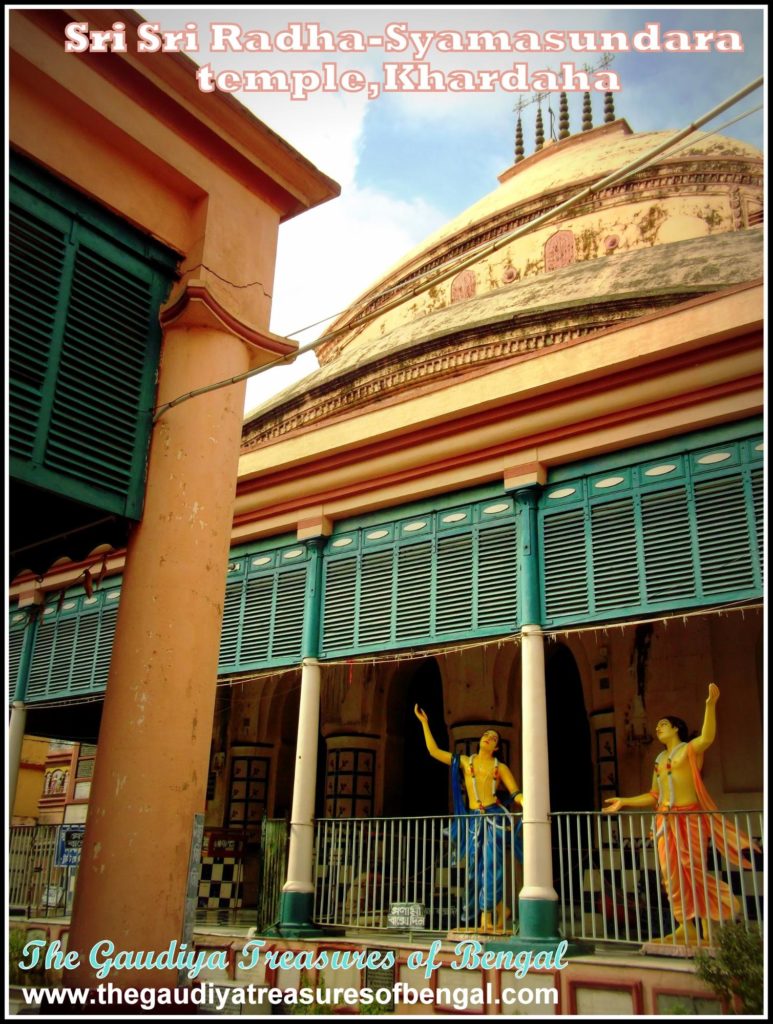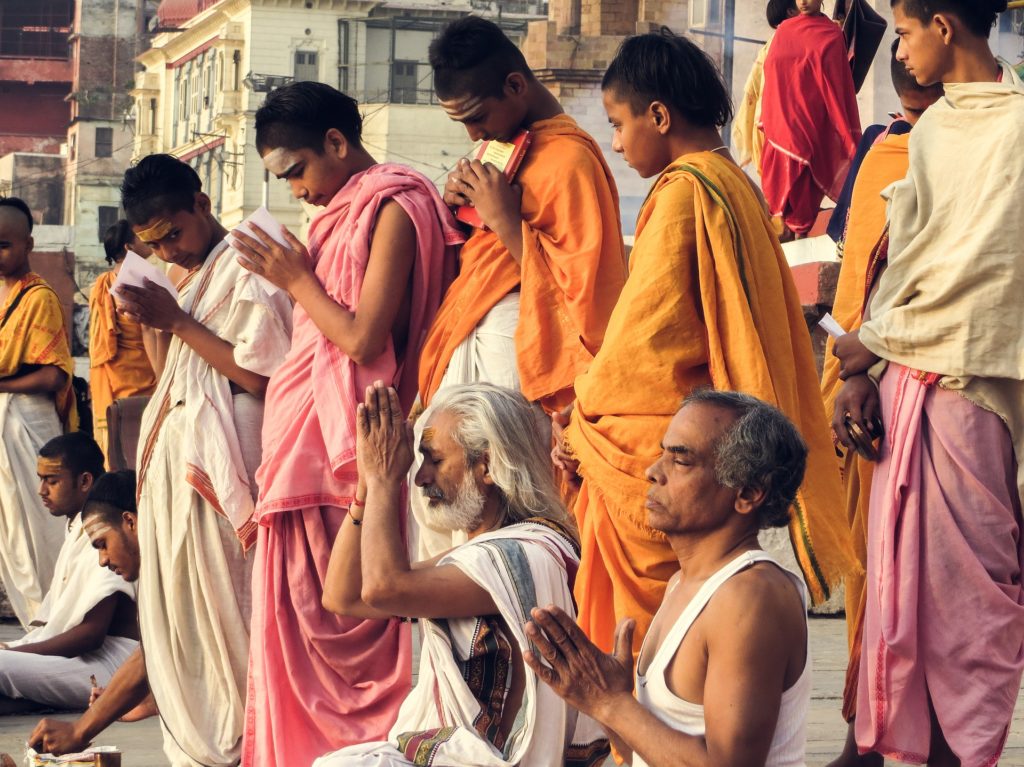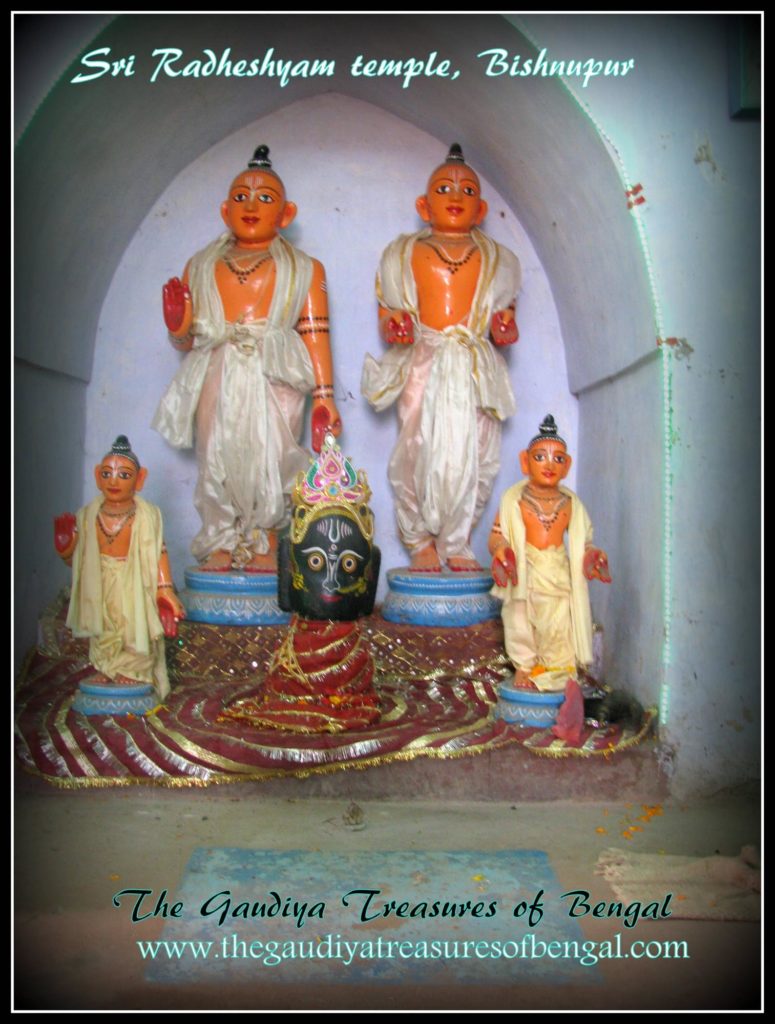Meaning of spirituality?

So, what is the meaning of spirituality ?
The English Dictionary defines the word “spiritual” as “Relating to or affecting the human spirit or soul as opposed to material or physical things”.
Now before ‘The Gaudiya Treasures of Bengal’ delves deeper into this topic, it is essential for all of us to understand as to who we actually are? The answer to this question will help us make sense of life, in the first place, and lead us to the gradual understanding of what truly is the goal of it. In other words,the more we discuss and brainstorm upon our own identity, the more clarity it shall provide to logically deduce as to what we are essentially searching for.
Spiritual Knowledge – Are we our Bodies ?
For instance, according to one popular school of thought, human beings and in fact all living beings ,are just a lump of flesh and blood.They argue, that our activities of thinking,willing and feeling arise out of complex interactions of matter. However,we are practically yet to conceive a robot in any of our science labs,that successfully demonstrates any symptoms of creativity,inspiration or love – the elementary functions of our conscious selves. So though there is no proof to this theory, it is still nonetheless a theory, and is widely accepted and endorsed by many.
It is worthwhile mentioning over here, that a cell, which is the basic constituent of a human body, has a definite life span, and once a particular cell dies, it is replaced by another. In this way, it is believed that over a span of 7 years, all the cells that constitute the physical body of a person, are completely replaced by the new ones. So in effect, a person receives a new body in every 7 years. Now if someone identifies himself with his own body, then he should be considered dead in the next seven years, as he gets physically replaced, or should we say, it is he who is completely replaced.Hence going by this school of thought, a person should be considered a completely different individual, after a span of seven years. And the new individual, seven years older, would be a different person with different sets of qualities, nature, acumen and consciousness who would have nothing to do with the person who he had just replaced. Going further on this, a person shouldn’t be sentenced for any crime, for more than seven years, as it would implicate that a different individual would have to suffer for the misdeeds he has not committed (it was committed by someone he has replaced). Another implication of this philosophy, might be the inclusion of an expiry date of seven years ,to the academic degrees. So Doctors, engineers,singers,etc need to prove their qualification periodically at a gap of seven years, as the new person might not be born as qualified as the person he had just replaced.






